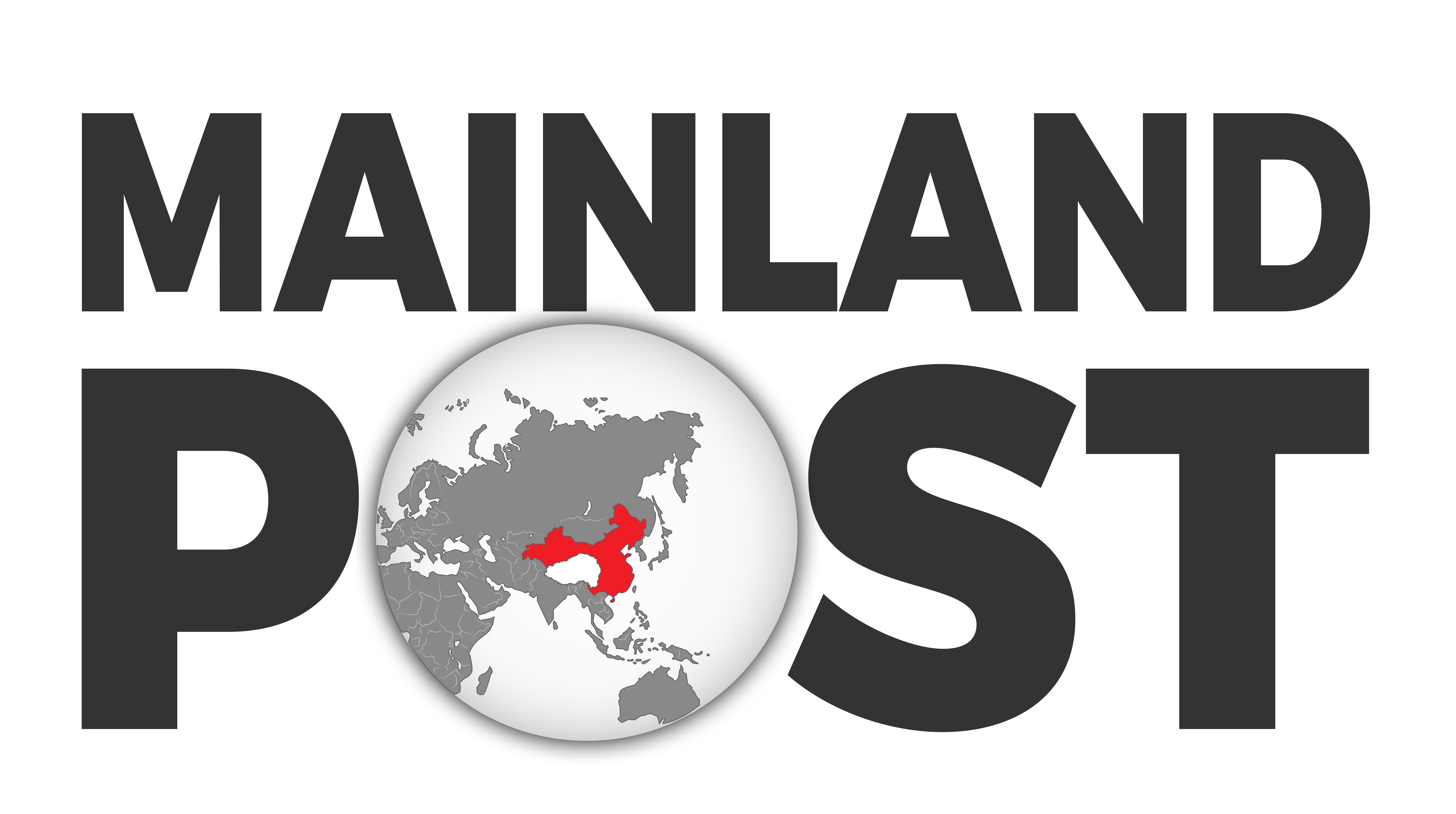In the remote, pristine highlands of Tibet, China is pushing forward with the construction of the Metok Dam on the Yarlung Tsangpo River, a project set to be the world’s largest hydroelectric facility. While the Chinese Communist Party (CCP) dresses the initiative in the language of green energy and economic progress, the reality is far more insidious. The Metok Dam is an ecological catastrophe waiting to happen, a geopolitical time bomb, and yet another attempt by Beijing to tighten its grip over Tibet and its downstream neighbors, India and Bangladesh.
Tibet, often called the “Third Pole” due to its vast glaciers and critical role in global climate stability, is already bearing the brunt of Chinese environmental exploitation. The Metok Dam would exacerbate deforestation, disrupt glacial melt patterns, and trigger extreme weather shifts across South Asia. Climate scientists warn that damming the Yarlung Tsangpo will alter the river’s natural flow, intensifying both droughts and catastrophic floods in downstream areas.
Even more alarming is the seismic risk. The Great Bend of the Yarlung Tsangpo, where the dam is planned, is one of the most earthquake-prone regions in the world. The 1950 Assam-Tibet earthquake (8.7 magnitude) reshaped the course of the Brahmaputra, and another such disaster could cause the dam to collapse, leading to unimaginable destruction.
The Yarlung Tsangpo becomes the Brahmaputra in India and the Jamuna in Bangladesh, a lifeline for millions. By controlling its flow, China gains unprecedented leverage over its neighbors. Experts have warned that China could manipulate water releases, causing artificial floods during the monsoon season and water shortages during the dry months.
A 2024 study in the Journal of Indo-Pacific Affairs highlighted how the dam could reduce crucial sediment flow, devastating agriculture in India’s Assam and Arunachal Pradesh states and slashing crop yields in Bangladesh by up to 15%. Bangladesh, already facing acute climate challenges, stands to suffer the most. Increased salinity intrusion due to reduced freshwater flow could make large areas of coastal land uninhabitable, triggering mass displacement.
China’s refusal to sign a legally binding water-sharing agreement with India and Bangladesh exposes its true intentions. The Metok Dam is not merely an energy project; it is a strategic weapon. By controlling the river, Beijing can use water as leverage in territorial disputes and economic negotiations.
India has long expressed concerns over China’s upstream ambitions. In 2021, the Indian government proposed its own countermeasure: the Lower Siang Dam in Arunachal Pradesh. However, delays due to environmental concerns and opposition from local communities have hindered its progress. Meanwhile, China surges ahead, setting the stage for potential water conflicts.
For Tibetans, this dam is yet another assault on their land, culture, and way of life. Metok County, where the dam is being constructed, is home to sacred Buddhist sites and ecologically sensitive zones. Mass displacement of local communities is inevitable. The Tibetan people, who have already suffered decades of oppression under Chinese rule, will now see their lands swallowed by concrete and their rivers turned into tools of state power.
Tibetan activists and international human rights organizations have consistently called for greater transparency and consultation in Beijing’s infrastructure projects in Tibet. Yet, the CCP’s track record suggests that local voices will be ignored, and dissent will be met with brutal suppression.
The Metok Dam project must be recognized for what it truly is—a reckless gamble with disastrous consequences for Tibet, South Asia, and the planet. The international community, including the United Nations and global environmental bodies, must demand that China halt construction and engage in transparent, cooperative discussions with affected nations.
India and Bangladesh must push for legally binding water-sharing agreements, and the world must not allow Beijing to weaponize one of the most critical resources of our time. In an era of intensifying climate crisis, this is not just a regional issue but a global one.




